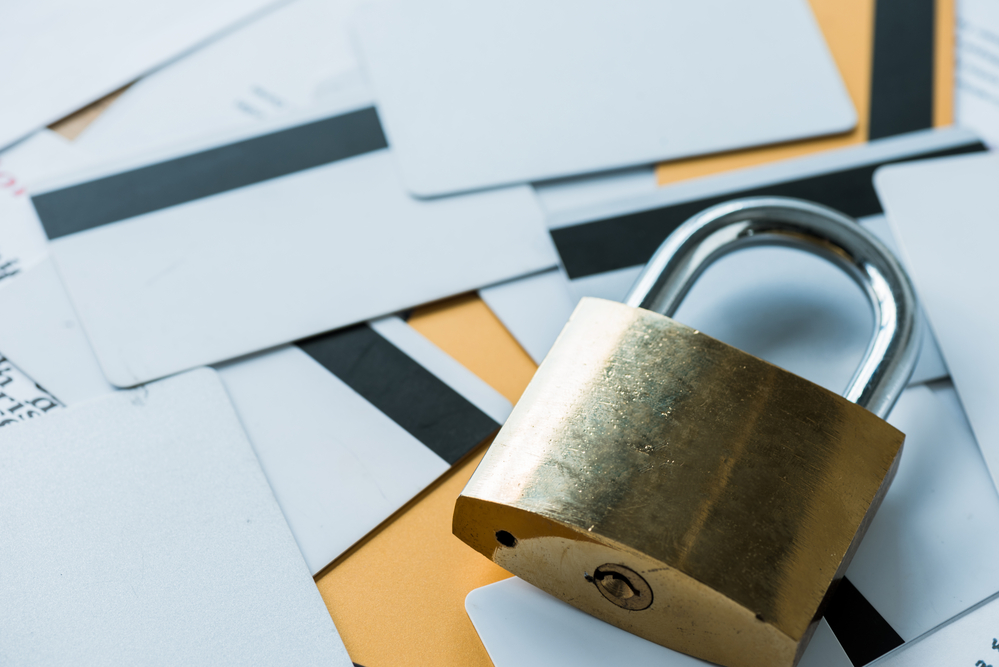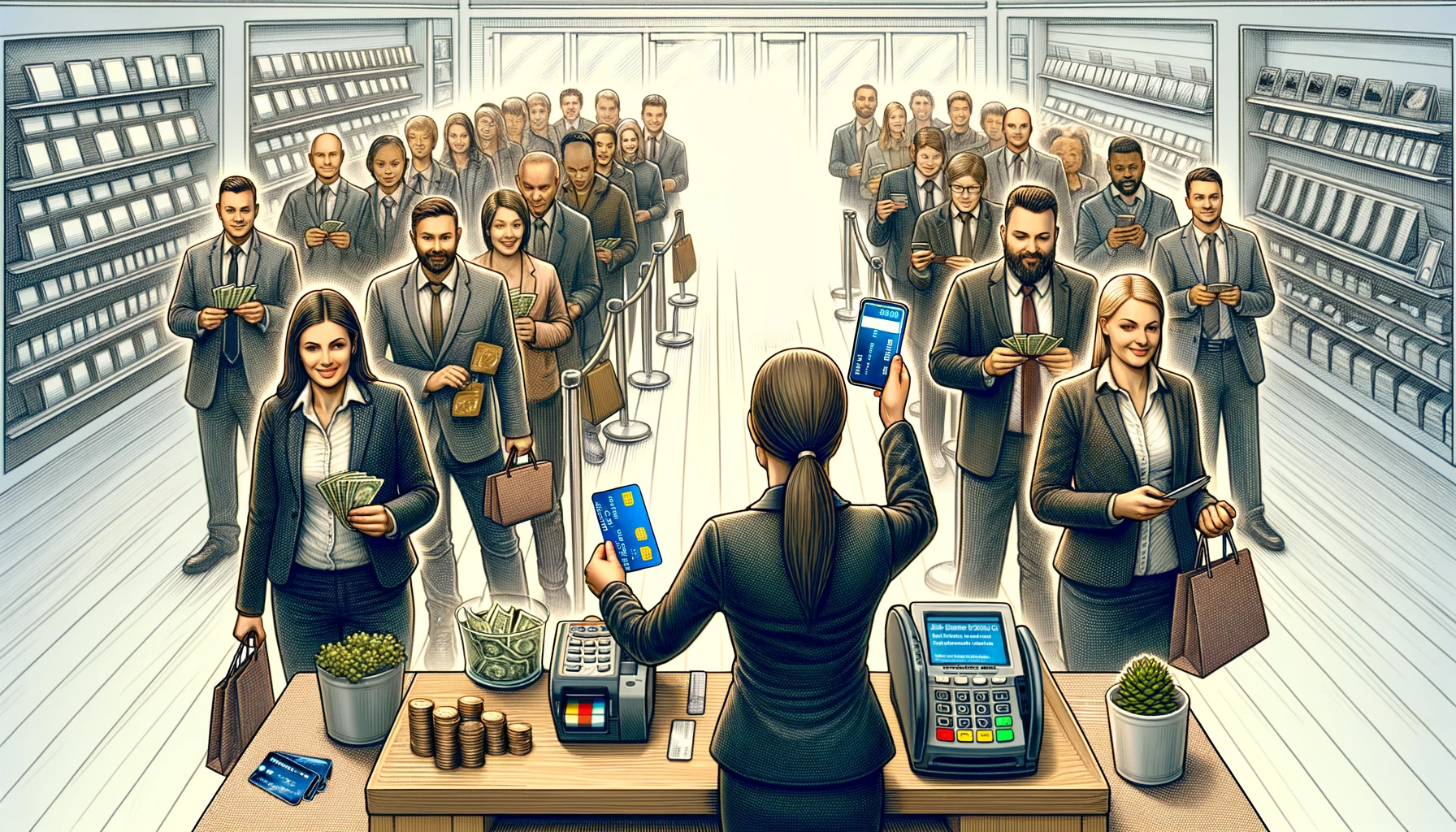
Biometric Payments — Checkout Tech to Avoid or Implement?
Oct 21, 2022 3 minute Read
The rise of biometric payments has been a hot topic in the payment industry. If you’re not familiar with it yet, here’s what you need to know: with a quick scan, consumers can grab and go from their favorite stores.
A 2-second checkout experience—that’s sure to stifle drop-off rates at checkout. Is this the future of commerce? Can you trust it? And can you implement biometric payments onto your store—or maybe we should say, should you implement it?
Biometric payments use a person’s face, fingerprint, or other body part to authenticate a purchase.
Like traditional payment methods, biometrics are growing in popularity because they’re safer than passwords and more secure than credit cards. It’s an all-in-one deal. More secure, faster, and you can never lose it.
Types of biometric payments include:
- Fingerprint recognition – the most common type of biometric authentication. Apple Pay has used fingerprint scanning since its inception to authenticate payments.
- Face recognition – quickly replacing fingerprints, but at a cost. This method compares a live scan of someone’s face with a series of facial images stored in the cloud to verify their identity.
- Voice recognition – a less popular option that is difficult to implement because of the need for a live microphone. It is also not as secure as other methods because it can be compromised by hackers using voice recordings.
- Iris scanning – an advanced method that is difficult to hack because it relies on unique patterns in the iris of your eye. It can be used in conjunction with other biometric methods or alone.
- Palm scanning – a less common but effective method that uses the unique ridges on your palm to verify identity. Amazon has pioneered this method at their Go stores.
- Vein scanning – the newest method that uses vein patterns in your hands to verify identity. This is a secure method because it cannot be hacked by pictures of your hands.
- DNA matching – the most secure method of all because it is unique to you and cannot be faked. It is used by law enforcement agencies and will become more common in the future.
Most consumers have favorable attitudes toward biometric payments and would be willing to use them if they’re available.
As a business owner, it’s important to know what your customers want. This can be tricky when it comes to questions about payment methods. But if you want to stay ahead of the curve and offer more secure payment methods, it’s important to understand how customers feel about the use of biometrics.
You’ll be surprised to know that most consumers are excited about the future of payments with biometrics.
- Biometric payment cards are being release in Turkey due to consumer demand (imagine fingerprint cards)
- Mastercard is releasing a “Smile and Pay” solution (payface backed by an entire card network)
- 2/3rds of citizens are ready for biometric real-time identity verification at checkout
It’s the next evolution of payments. First it was ridding us of checks (why do these still exist) and replacing it with swipes and PIN codes. Then it was chips followed by contactless payments. Then (and now) we have digital wallets. And now we’re going one step further into pure biometric payments.
Biometric payment methods are secure because they’re virtually impossible to hack or duplicate.
The technology is so advanced that it would be too hard for someone to break through your biometric security measures, let alone steal your precious face or fingerprint and use it to buy things.
It’s much more difficult for a hacker to steal your face than it is for them to steal your card information. With credit cards, all you need is one person who has access at one point in time and you could have thousands of dollars worth of purchases on your hands before you even know what happened.
With your face, fingerprint, or some other form of biometric, thieves don’t stand a chance.
Currently, biometric payments are too expensive to implement for most merchants…
Biometric payments are still too expensive for most merchants to offer.
- The cost of the software and hardware is prohibitively high. It can cost thousands or even millions of dollars to implement biometric technology at checkout. And once you’ve paid for it, you need to invest in biometric data storage and maintenance costs as well as customer support when things go wrong (which they often do).
- It’s incredibly new technology, so it’s not surprising that it’s expensive. It will take time for the costs to come down and for businesses to realize the benefits of biometric payments.
- Customers don’t yet have the ecosystem for biometric payments, aside from those who have participated in tests (like Amazon Go palm readings). i.e., what do they need to make it work?
- Biometric payments are not yet available for e-commerce purchases because technology being developed currently is geared towards in-store POS (point of sale) purchasing experiences.
…but using biometric authentication at checkout is affordable and helps reduce fraud and chargebacks.
While biometric payment solutions are not a likely option for you, you can set the stage by implementing biometric authentication at checkout.
Biometric payment authentication is affordable and easy to implement into your current checkout process.
In fact, it can fit in seamlessly with your existing payment system by using the customer’s device’s biometric options—like fingerprint scanners, facial recognition cameras (which are becoming increasingly common), or even voice recognition software. This way, cardholders won’t have to make any extra effort during checkout other than what they’re already doing.
Biometric payments aren’t just more convenient for consumers; they also reduce fraud and chargebacks for merchants because there is no need for an authentication token that could be stolen or duplicated in order to authorize a transaction. You can receive an (almost) equal level of security by implementing biometric authentication practices on your store.
While we wait for biometric payment technology to decrease in price and become more available to online merchants, implementing authentication methods is easier than ever.
While we await the day when biometric payments are cheap, convenient, and easily accessible to online merchants, there are other methods that can reduce your risk profile.
The best option is to use 3D Secure technology. It was originally built by Visa, and since has been updated and is used also by Mastercard. This is to say, it fits into any payment gateway without trouble.
3D Secure is a frictionless authentication method, meaning customers aren’t asked to go out of their way. Implementing it won’t affect checkout speed negatively. In fact, it might even be faster!
With 3D Secure, customers can be asked to verify their identity using biometric authentication tools they already have. FaceID on their iPhone. Fingerprint sensors on their Android phones or laptops. The tech is already in front of them, so why not use it to your advantage?
Need help updating your payment gateway for biometric authentication?
Biometric payments are a great way to give your customers a truly seamless payment experience. And because they’re more secure than most other methods, you can feel confident in the safety of your online store.
While we wait for payments to reach us, we can implement authentication methods via apps and mobile devices right now.




